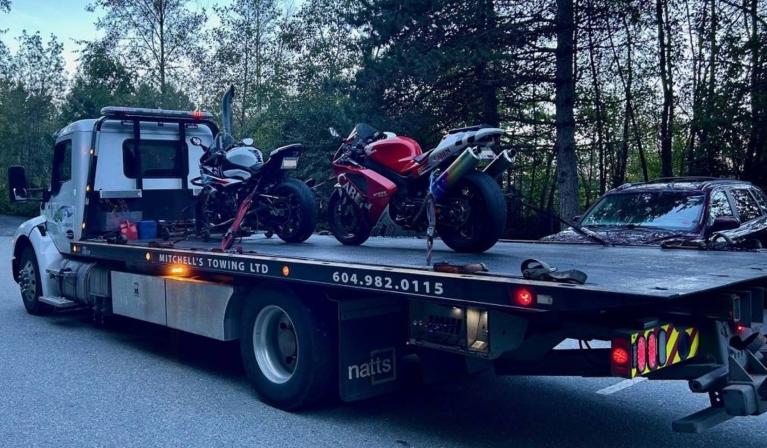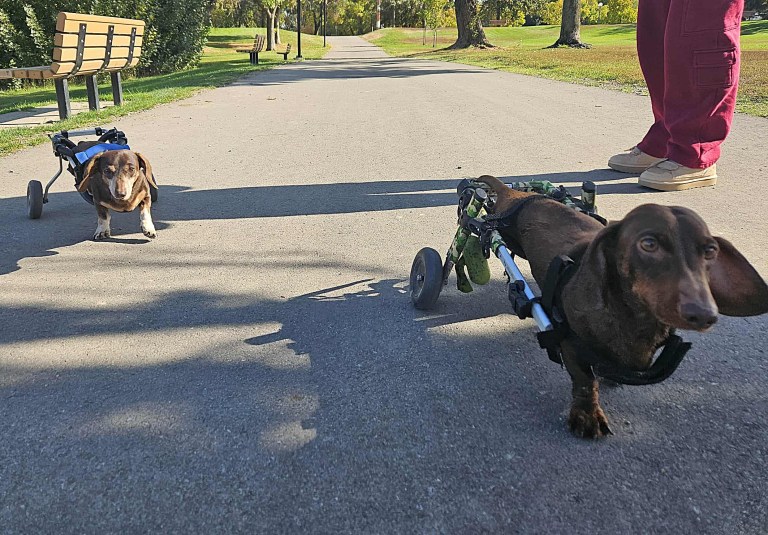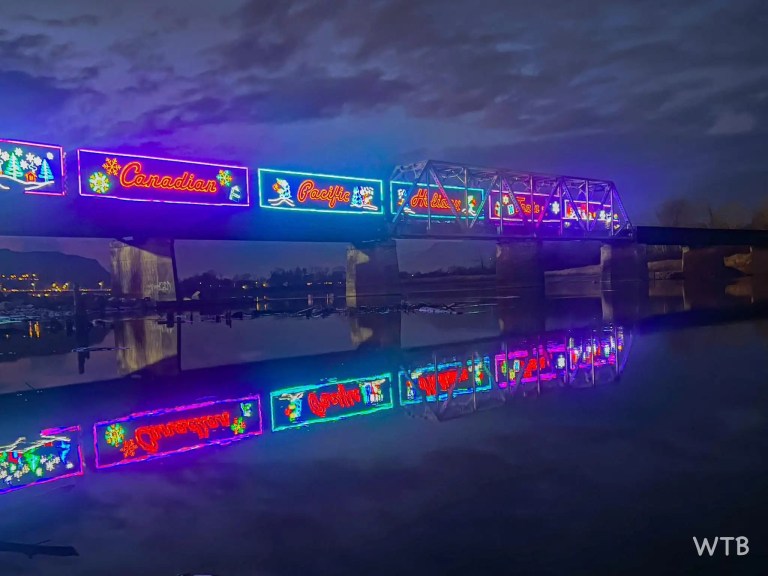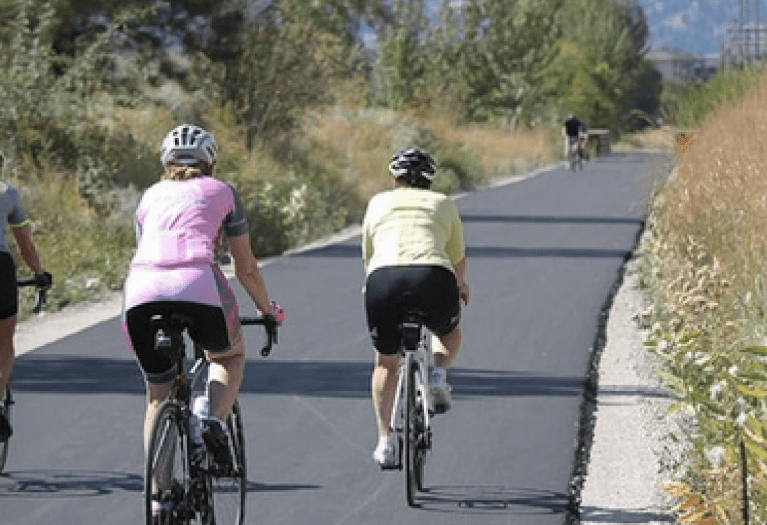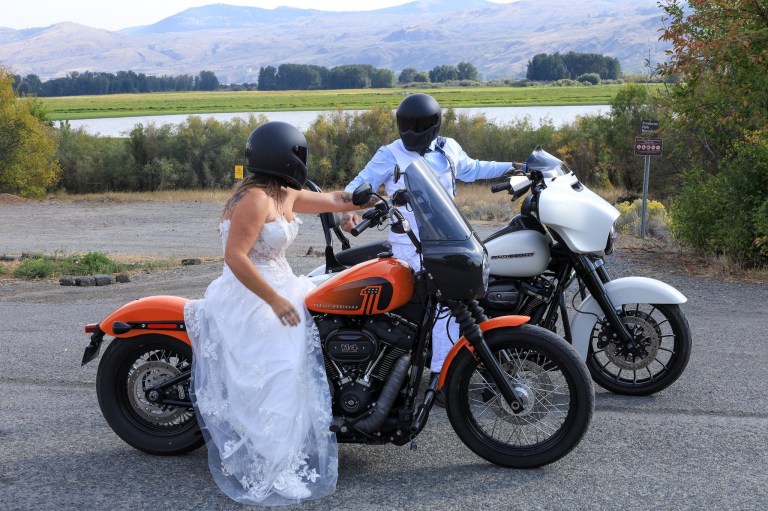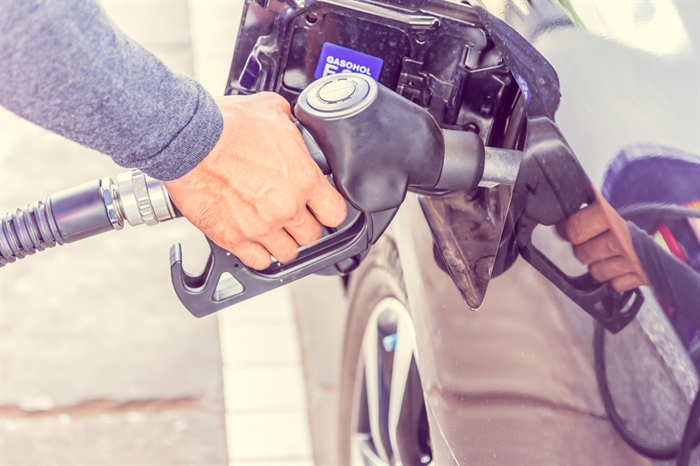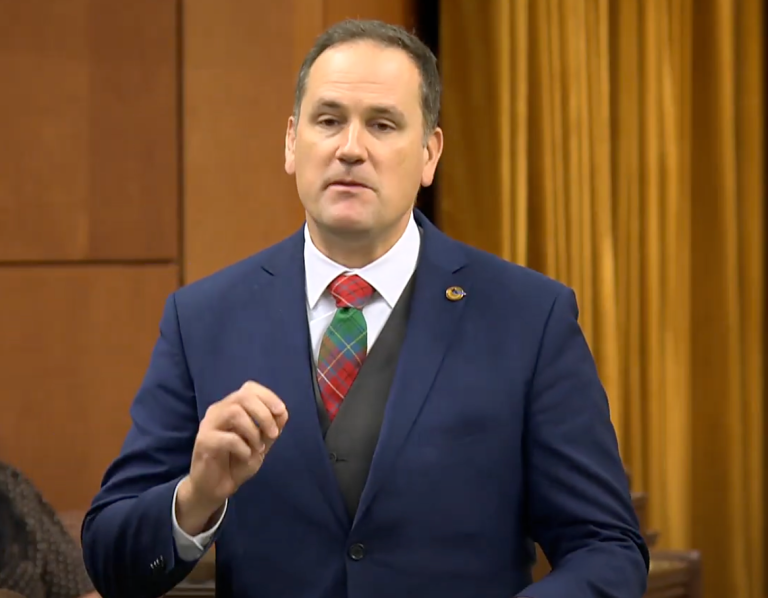
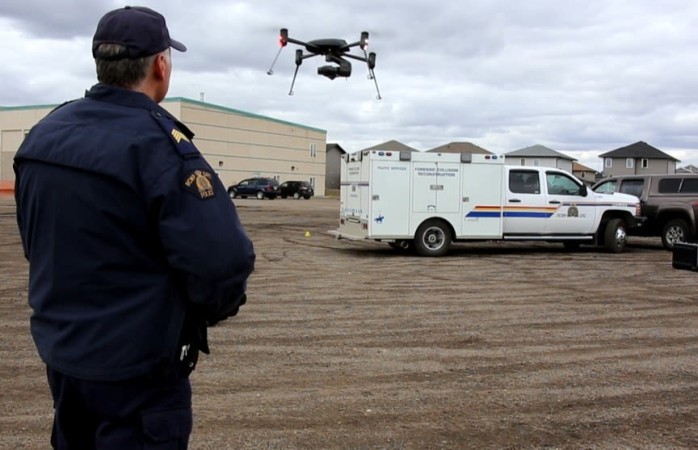
Clearing a crash scene would take much longer without the high-tech equipment in the hands of BC police investigators.
Serious or suspicious collisions on BC roads need meticulous measurements before traffic can move again. That once required measurements by hand and hours of work.
Now, that time can be cut drastically. Survey equipment from the ground remains the most commonly used method, but cheaper and faster drones are a boon for BC Highway Patrol investigators.
“We’re creating a whole three-dimensional reality of this environment,” Staff Sgt. Cody Mann told iNFOnews.ca.
“We can then conduct a further in-depth analysis back in our office, with all of our software, as if we were still there at the scene, instead of being in the middle of Harvey Avenue for days on end doing the same job.”
Mann, based in Kamloops, is in charge of reconstruction analysis for most of the province. He said police in BC have been using drones to take photos at crash scenes for at least a decade, but they are more reliable and more often used as the technology advances.
Referred to by RCMP as remotely-piloted aircraft systems, drones can drastically reduce time at the scene when paired with ground-based survey equipment.
“The laser scanner… is capturing millions and millions of measurements per second,” he said. “Surveying equipment can take that from multiple hours or days, down to under an hour. With the drones they’re even more efficient. We can get well under an hour, on occasion, to document what we need.”
Even without drones, collision reconstruction teams using specialized survey equipment, combined with the all the data recorded by modern vehicles, can create three-dimensional images of a crashe if the investigation warrants. The result is like a visual echo of the crash.
When BC RCMP first began deploying them, drones could only take simple pictures, but the last five years have seen them advance to the point where some can be used to measure and analyze evidence at the scene even further.
Mann said the increasingly accurate tools help answer questions for people on what might have been “the worst day of their life” or provide clarity when those involved didn’t survive.
“These people might not be around anymore and we’re trying to provide a voice to the details, factually, of what occurred,” he said.
Drones can be used day or night and are much more affordable than the $100,000 laser scanners normally used on the ground. Mann said the drones RCMP use for their traffic investigations are far beyond what consumers products anyone can buy, able to fly at temperatures down to -35 Celsius and face high winds.
Beyond collision investigations, Mann said the team’s work has helped governments redesign unsafe roads and identify vehicle trends leading to recalls. Asked for specific examples, he said their work helped identify suspension problems for multiple Ford models, including Taurus police vehicles.
As drone technology advances, it’s not just Mann’s teams that use them.
They’ve been used to search for suspects, keeping police operations covert and avoiding risky car chases. With a warrant, police can also use them for surveillance operations, while Emergency Response Teams can even use them to fly into dangerous stand-off situations.
“Instead of risking someone’s life, we’re throwing a two- or three-hundred-dollar drone into the building, and if it’s destroyed, whatever. It’s a few hundred bucks rather than a person being injured or killed,” BC RCMP spokesperson Staff Sgt. Kris Clark said of high-risk stand-off responses.
That happened during a Lower Mainland incident this summer when an armed suspect shot down an ERT drone while barricaded inside a home.
Across the country, use of drones by RCMP doubled from 2017 to 2022 and have been in a variety of situations.
In 2022, collisions accounted for 18 per cent of the 1,200 RCMP drone deployments. The greatest share went to crime scene analysis at 27%, followed by Emergency Response Team operations at 23%. A tenth went to search and rescue operations along with border security, respectively, while 2% involved demonstrations and protests, according to an RCMP report.
Join the Conversation!
Want to share your thoughts, add context, or connect with others in your community?
You must be logged in to post a comment.







